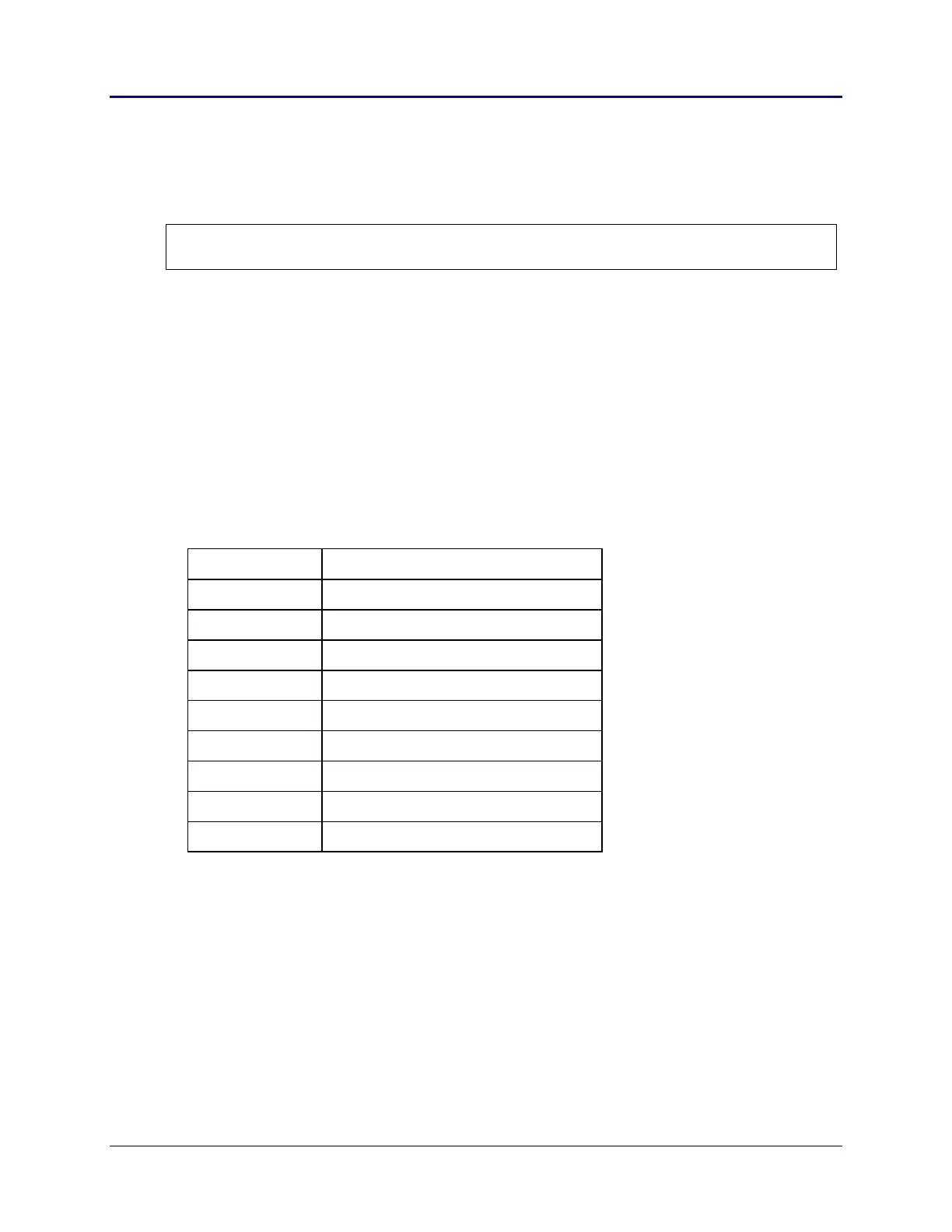Chapter 2: TI-83 Plus Specific Information 105
TI-83 Plus Developer Guide Third Release May 28, 2002
• The floating-point math routines described in the previous sections will always return
an error when the result is a complex number. To have floating-point math routines
return the complex result, the routines described in Other Math Functions need to be
used.
Note: You do not need to change the mode to complex in order to use the complex functions with
complex inputs. This is only done to get complex results when inputs are of the RealObj type.
Complex Math
• Complex numbers are composed of pairs of floating-point numbers.
• Complex number math routine arguments are input in OP1/OP2 or OP1/OP2 and
FPS1/FPST, and the results are returned in OP1/OP2 or OP1. See Floating Point
Stack section.
• Errors can be generated by the math routines. See the Error Handlers section.
• See the System Routine Documentation, entry points UnOPExec and BinOPExec,
to access this functionality with arguments other than complex numbers only.
Routine Function
Cadd FPS1/FPST plus OP1/OP2
Csub FPS1/FPST minus OP1/OP2
CRecip (OP1/OP2)^ negative 1
Cmult FPS1/FPST times OP1/OP2
Cdiv FPS1/FPST divided by OP1/OP2
CSquare OP1/OP2 times OP1/OP2
CSqRoot SquareRoot (OP1/OP2)
CMltByReal OP1/OP2 times OP3
CDivByReal OP1/OP2 divided by OP3
Table 2.21: Complex Math Basic Math Functions

